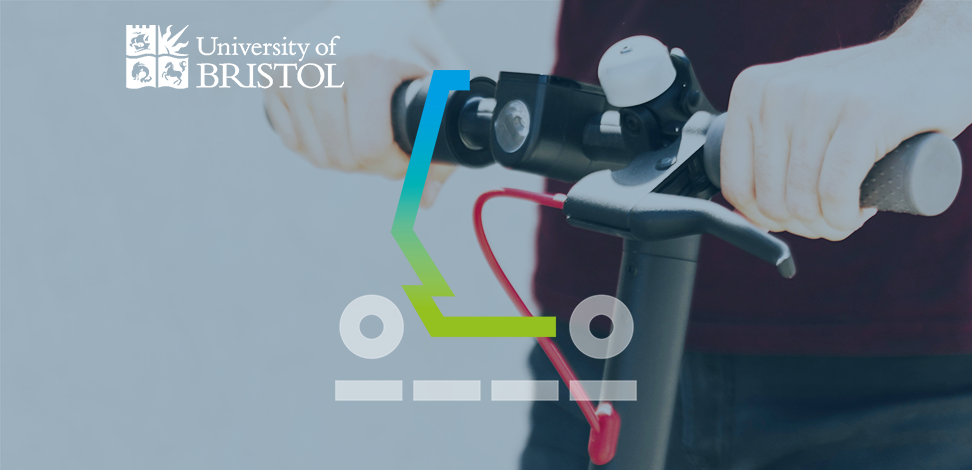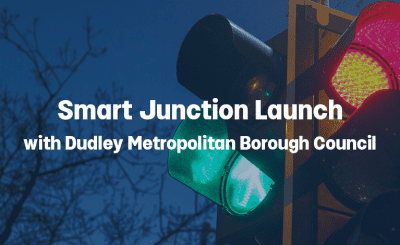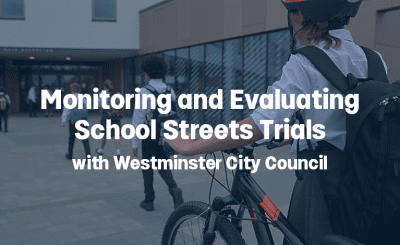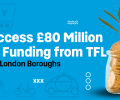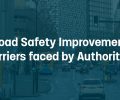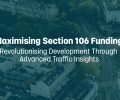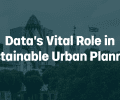The University of Bristol is using VivaCity
e-scooter data to understand e-scooter trends and uptake
The popularity of e-scooters continues to grow. They’re seen as a potential cost-effective and scalable solution to social, environmental and economic challenges in cities. While there are many benefits of e-scooters, they also have disadvantages.
Public opinion is often split between those believing
e-scooters will cut pollution and others being primarily concerned about the impact
on pedestrians.
In November 2021, the UK Government launched e-scooter trials in more than 30 Local Authorities to assess the safety of e-scooters and their wider impacts.
When the pilots end in May 2024, the Government is expected to make a decision on whether to approve the use of e-scooters on public highways in the UK.
Since the start of the trials, a few councils decided to pull out. In September 2022, Kent County Council announced that it would end their e-scooter trial early because of safety concerns.
VivaCity can now detect
e-scooters with over 90% accuracy.
While Local Councils have access to official data from e-scooter providers, this new capability fills a data-gap on privately owned e-scooters. It will enable Local Councils to collect much needed evidence on usage patterns to inform future roll-outs of e-scooter vehicles.
The University of Bristol is one of the first to use this new feature in their analysis. This blog highlights some initial findings from their data.
New research aims to understand e-scooter uptake and interactions
Researchers at the University of Bristol are using mathematics and computational tools to understand social behaviour, including pedestrian traffic.
Since January 2021, data from three VivaCity sensors has supported an EPSRC-funded project on the model-driven construction of city-level pedestrian traffic maps over time.
The plan is now to explore e-scooters usage as well, drawing on two additional sensors.
“Our aim is to understand general trends in uptake of e-scooters in terms of volumes, peak times and where in the road space e-scooters are used. In addition, we are interested in exploring interactions between e-scooters and other road users, in particular pedestrians.”
Dr Nikolai Bode, Lead Researcher,
University of Bristol
University of Bristol use VivaCity sensors to capture highly accurate e-scooter data
Since 2021, three VivaCity sensors have gathered accurate, detailed and anonymous data 24/7 on motorised and non-motorised transport modes in Bristol.
E-scooters were added to 13 existing road user classes on the 30th of August 2022. Read about the key trends the data revealed at Park Row (S1) located near the University campus, where the highest number of e-scooters were detected with an accuracy of over 90%.
Discover VivaCity's AI-Powered Computer Vision Sensor Technology
DOWNLOAD OUR TECHNOLOGY BROCHURE NOW
E-scooter counts increased throughout September with the start of the new term
The daily number of e-scooters recorded rose throughout September to its highest levels in the first week of October, peaking on Friday the 14th at almost 700. E-scooter counts follow a similar trend to cyclists, with highest levels during the week and lowest on Sundays.
On average, 523 e-scooters were recorded per day throughout the period compared to 1,054 cyclists. Since the start of the new University term and induction week from the 19th of September, weekly e-scooter levels have remained stable between 3,700 and 4,100.
E-scooters usage peaks during weekday rush hours and matches cyclist volumes on weekends
In October, e-scooter usage throughout the week was relatively stable with more than 500 recorded each day on average except for Sundays. Thursdays and Fridays tend to record higher numbers. On weekdays, e-scooter counts were highest during morning and afternoon peak hours in line with commuter behaviour, with the highest numbers recorded between 17:00 and 18:00. E-scooter volumes on Saturdays were more evenly spread throughout the day but still highest in the afternoon.
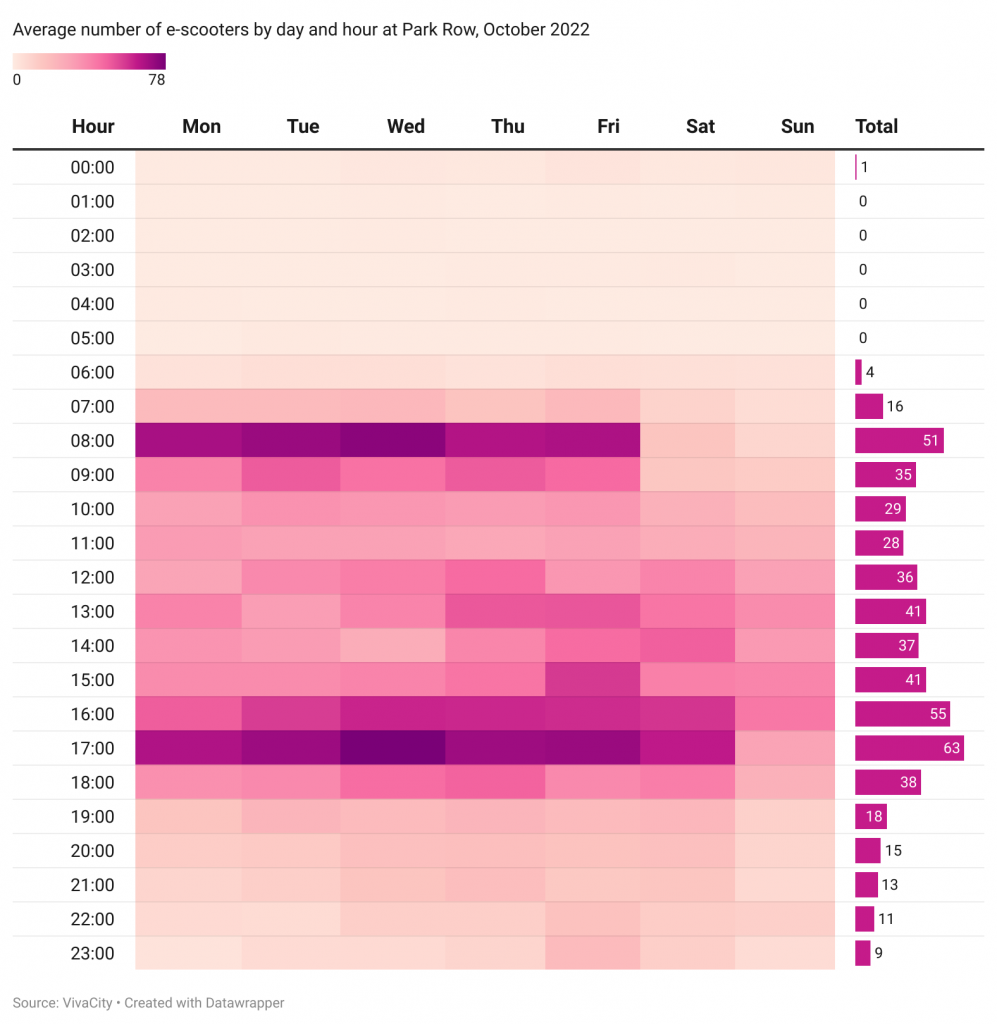
Comparing daily cyclist and e-scooter volumes in October, e-scooter uptake mirrors cyclist patterns. On weekdays, e-scooter counts peak in the morning and afternoon (similar to cyclists,) but show a less dramatic drop at midday. On weekends, levels of e-scooters and cyclists are almost the same until 18:00 when e-scooter numbers fall. Few e-scooters are recorded outside daylight hours.
The vast majority of e-scooters are recorded on the carriageway
VivaCity sensors record where e-scooters are used in the road space. More than 96% of e-scooters were recorded on the carriageway and only 19 e-scooters were detected on the pavements on an average day. A lower proportion of e-scooters are using the pavement compared to cyclists.
A low proportion of e-scooters using the pavement is positive in terms of potential pedestrian safety in this area. This is likely linked to most e-scooters using the cycle lanes on both sides along Park Row. With relatively high numbers of motorised vehicles at Park Row (~14,000 per day), it potentially highlights an issue of road safety between e-scooters and motorised vehicles as both cycle lanes are relatively narrow and only visually separated from the road.
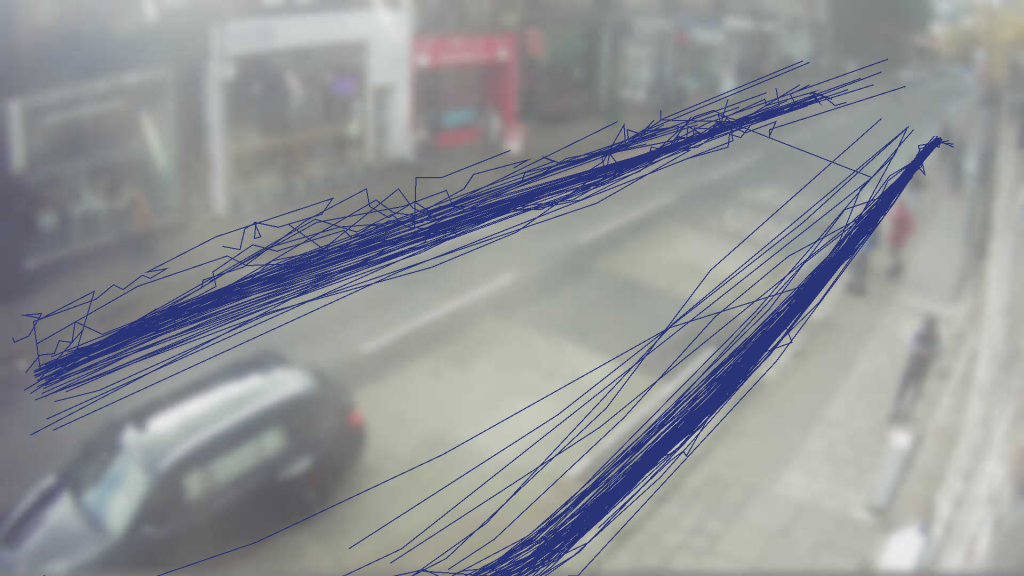
VivaCity data is helping cities transform their roadspace
In cities across the world, millions of people have adopted a growing range of shared micromobility options. Bike, e-bike and e-scooter schemes promise a convenient and affordable complement to public transport, unlocking the first and last miles, and can help cities move towards a more sustainable future.
Whether e-scooters can unlock their potential of reducing carbon emissions remains to be seen. Much of this depends on the type of modal shift they enable, ie. whether e-scooters will replace journeys made by car or those by bike or on foot. To support wider roll-outs, policy makers will also need to address and monitor concerns around pedestrian and e-scooter user safety.
VivaCity data can provide insights on e-scooters to support urban planners and policy makers. Accurate detection of e-scooters 24/7 is a unique offering that will enable data-led decisions about road space design and regulation. In addition to e-scooter uptake and usage in the road space, VivaCity sensors can provide data on e-scooter speeds to address further safety concerns.
Discover the power of VivaCity's sensors for multimodal traffic monitoring
VivaCity's unique AI-powered computer vision sensors offer superior capabilities for Smart Traffic Monitoring, Smart Road Safety and Smart Signal Control.
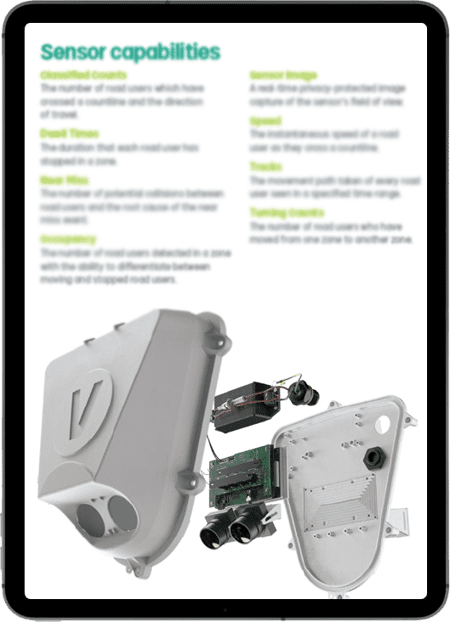
What's inside the brochure:
- The benefits of using computer vision sensors for road scheme planning, monitoring and evaluation, and for optimal flow and road safety
- An overview of the features & benefits of computer vision sensors for:
- Classification and counting of 10 classes and up to 32 sub-classes of road users
- Vehicle path detection
- Median Journey Time
- Speed and Zonal speed
- Insight into how traditional traffic management technologies fall short of requirements and how computer vision sensors solve these issues
DOWNLOAD THE BROCHURE NOW
You might also be interested in:
Our Solutions | VivaCity Technology | Other News & Case Studies | About us
Like our content? Sign up to our newsletter and receive the latest updates in your inbox.
Sign-Up
